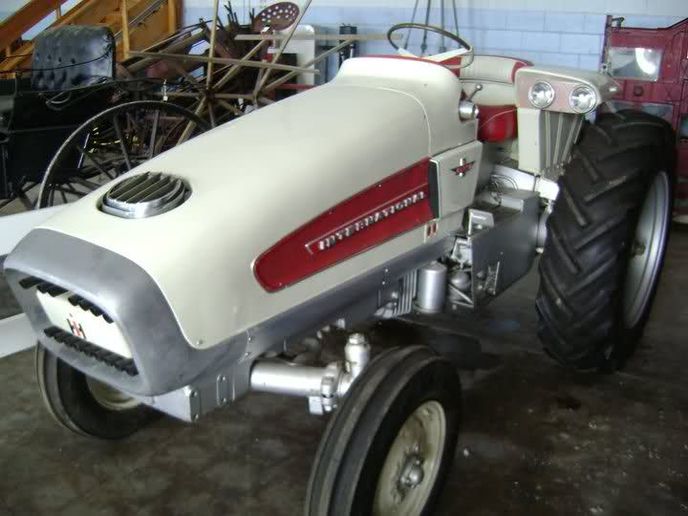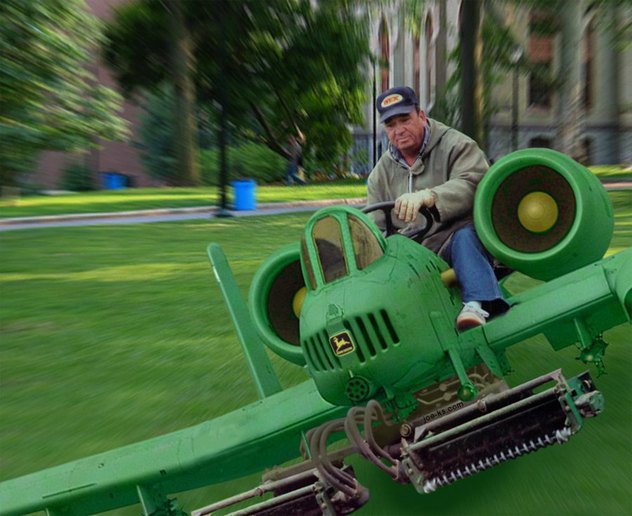Prawn Farmer
Member
Met an old feller in Florida last week that had worked in marketing for John Deere and said that they had experimented with a gas turbine engine installed in a scraper at their Debuque, Iowa plant back in the mid-60's sometime. He said it would really bury the pan and dirt would just pour out the back. He didn't remember much on the details but thought the engine was either an Allison or AirResearch. He was employed by the construction equipment division but thought they had also tried some other alternative form of engine in a 5020. I knew IH and Ford had built a couple of turbine tractors but didn't know that John Deere had, too. Wonder if Allis, Oliver or MM had also experimented with different engines?




